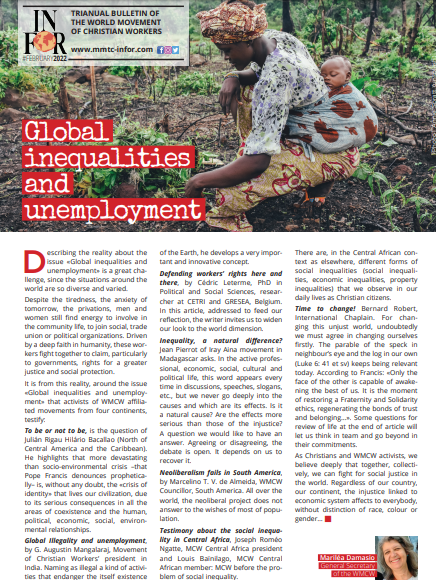
For a long time politicians believed that they could control the migration movements on the level of the national states. Gradually there is a growing awareness that millions of people who leave their homeland for a short or a long time trigger massive changes in the immigration countries as well as in the emigration countries. In October 1999 the European Council agreed in Tampere about the main goals of a common asylum policy. Nearly every country in Europe is both an immigration and emigration country. Migration continues to be a central social challenge, especially in the 21st century.
Facts
Most of the EU member states show a positive migration balance, i.e. more people immigrate than emigrate. Whilst the limit of one million was never exceeded in the EU during the time before 2001, the migration balance for the period 2001 to 2005 was 1.15 and 2.3 million. In relation to the total population of the EU-27 this corresponded to an immigration percentage of 0.34%. The number of asylum seekers in the EU has gone down considerably during the last years. During the climax year 1992 670 000 applications for asylum were filed in the then 15 EU states. In 2006 there were just around 192 800 applications for asylum in the 23 EU states. Moreover more than half of the applications for asylum, namely 57.8 %, were rejected in 2006. [1]
[1] Cf. European Commission / Eurostat (Ed.), Europe in Figures. Eurostat Yearbook 2008, Luxembourg 2008, p. 65









